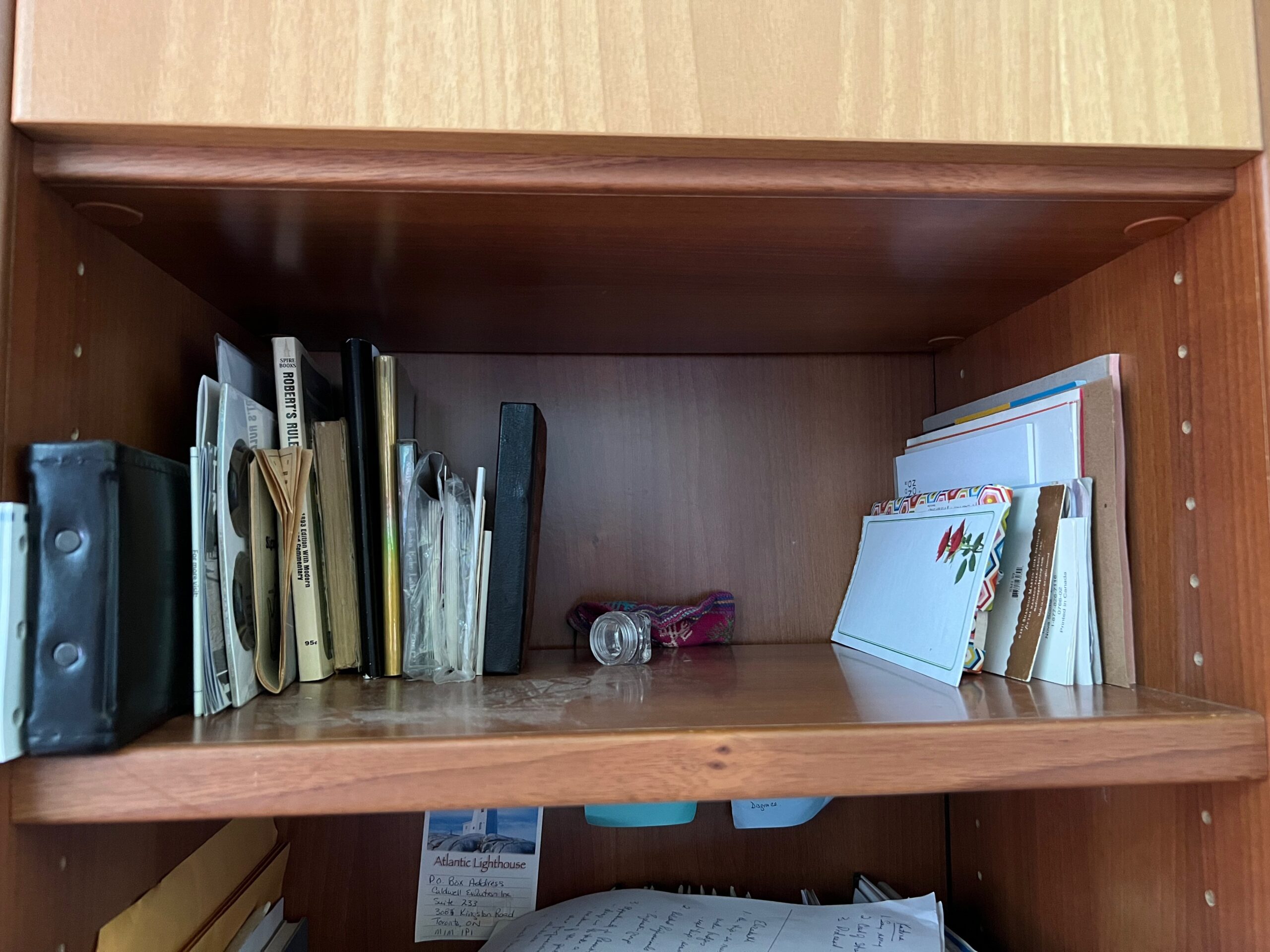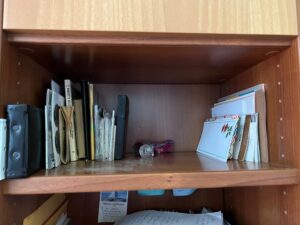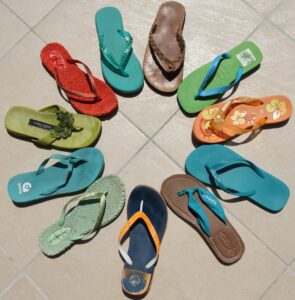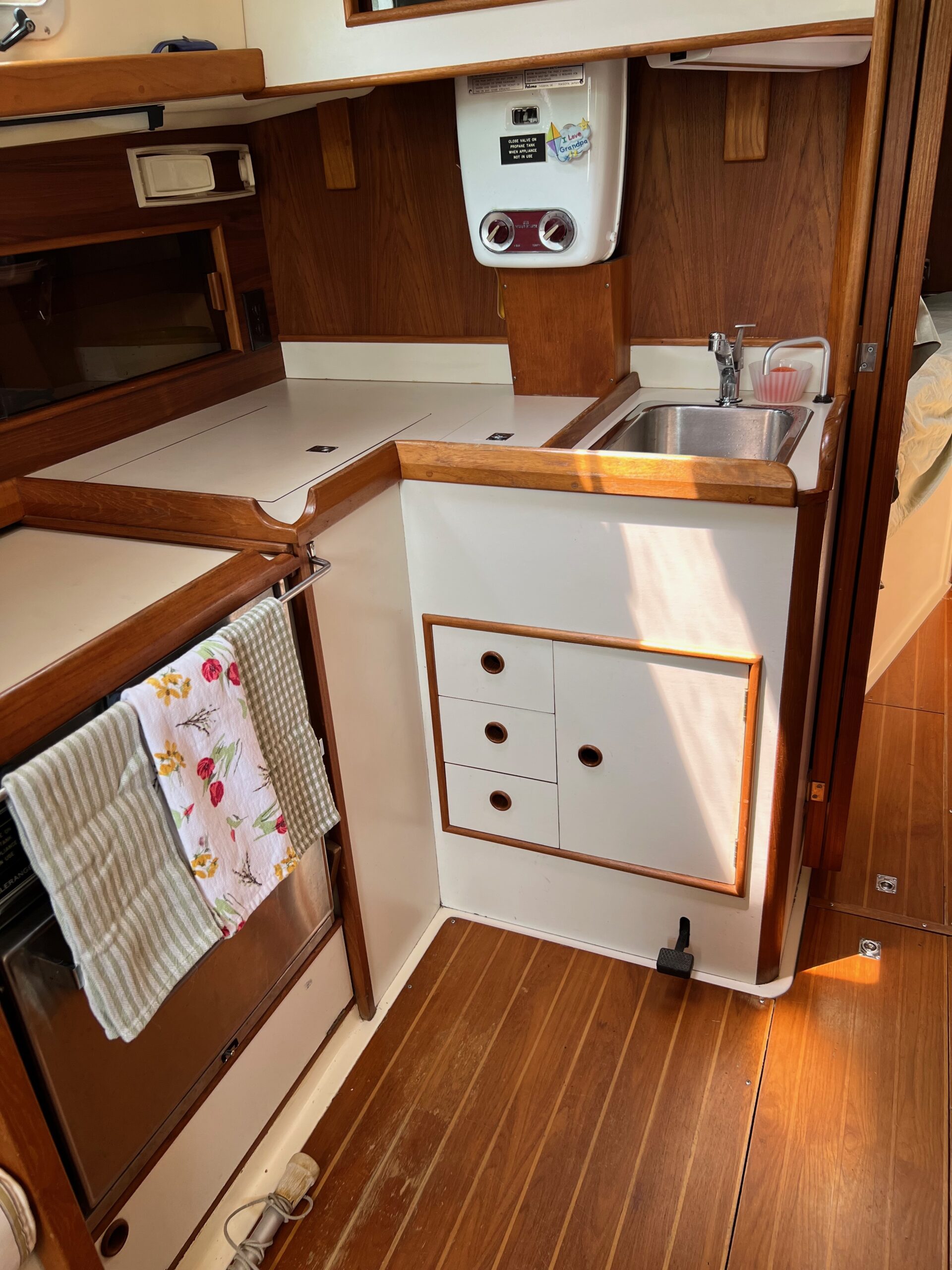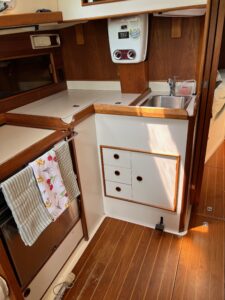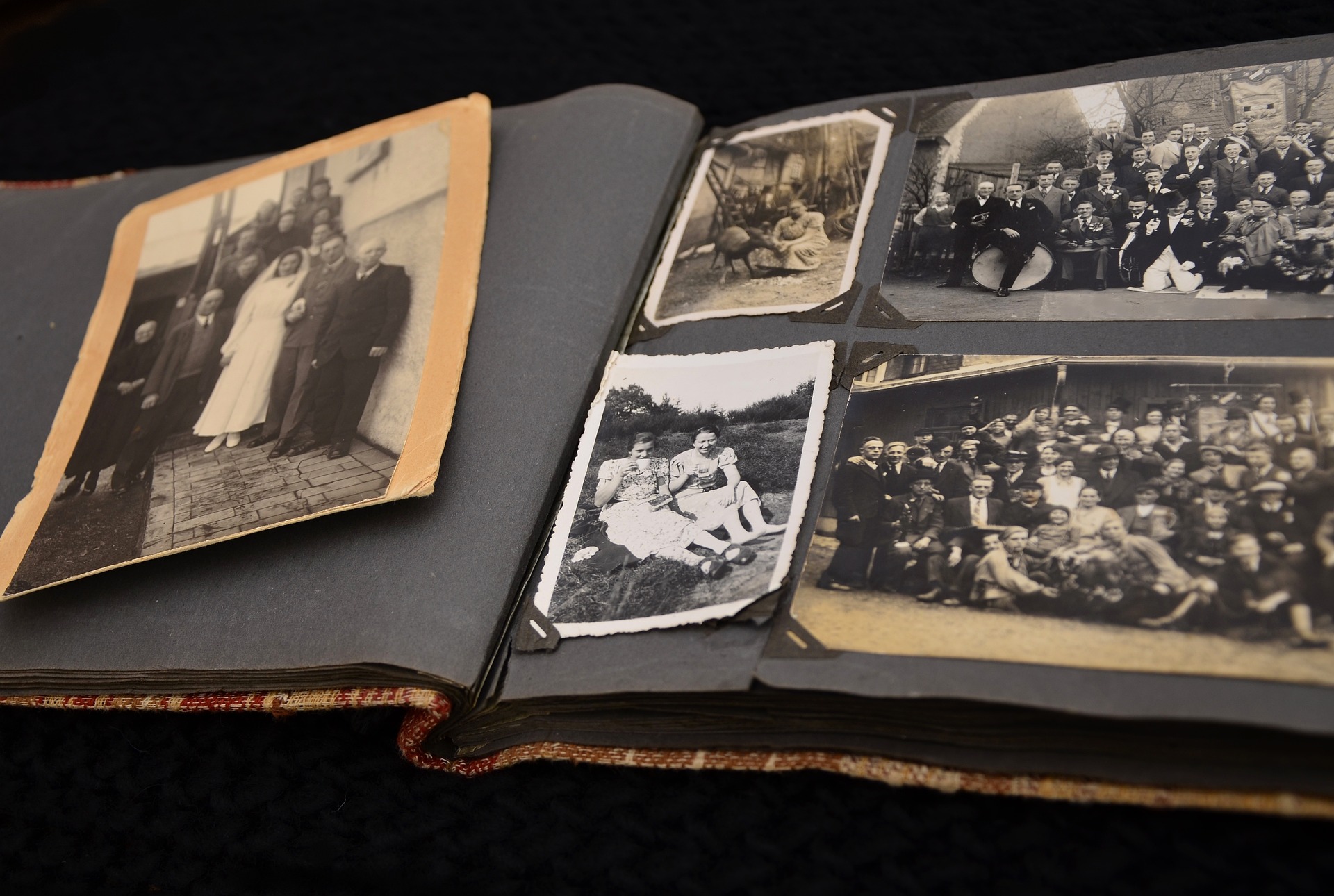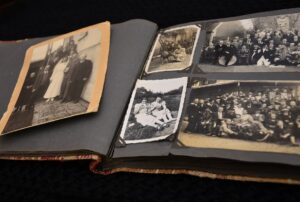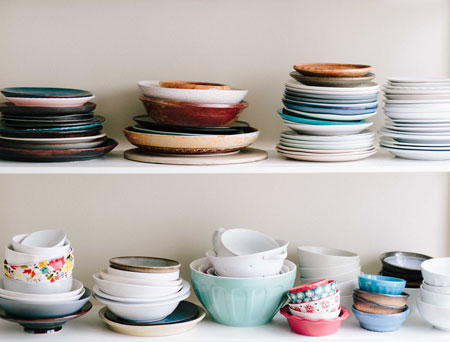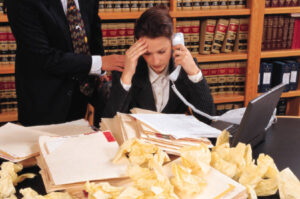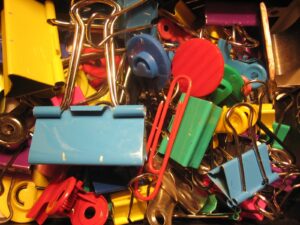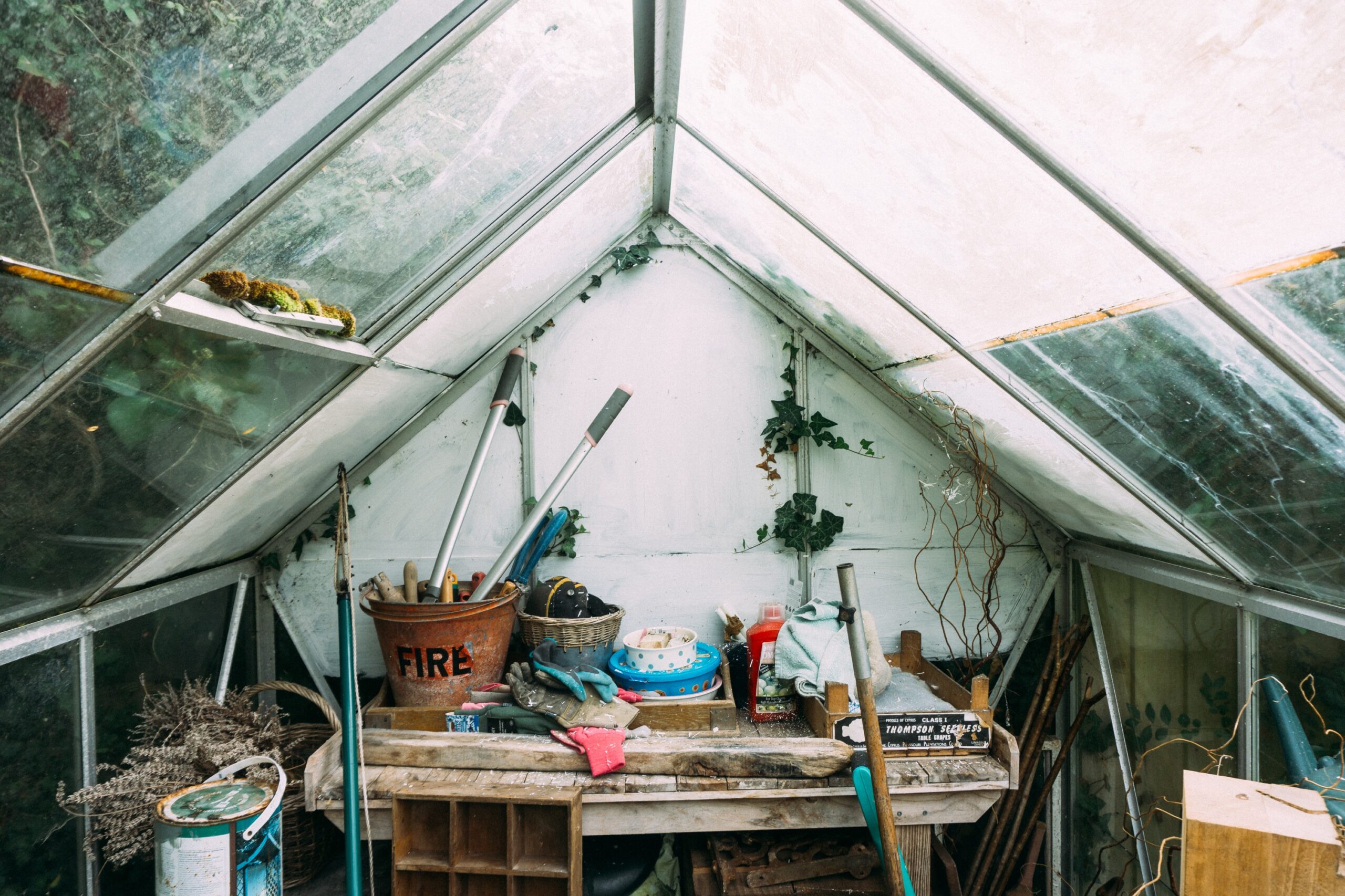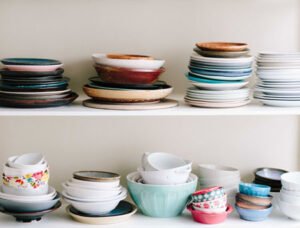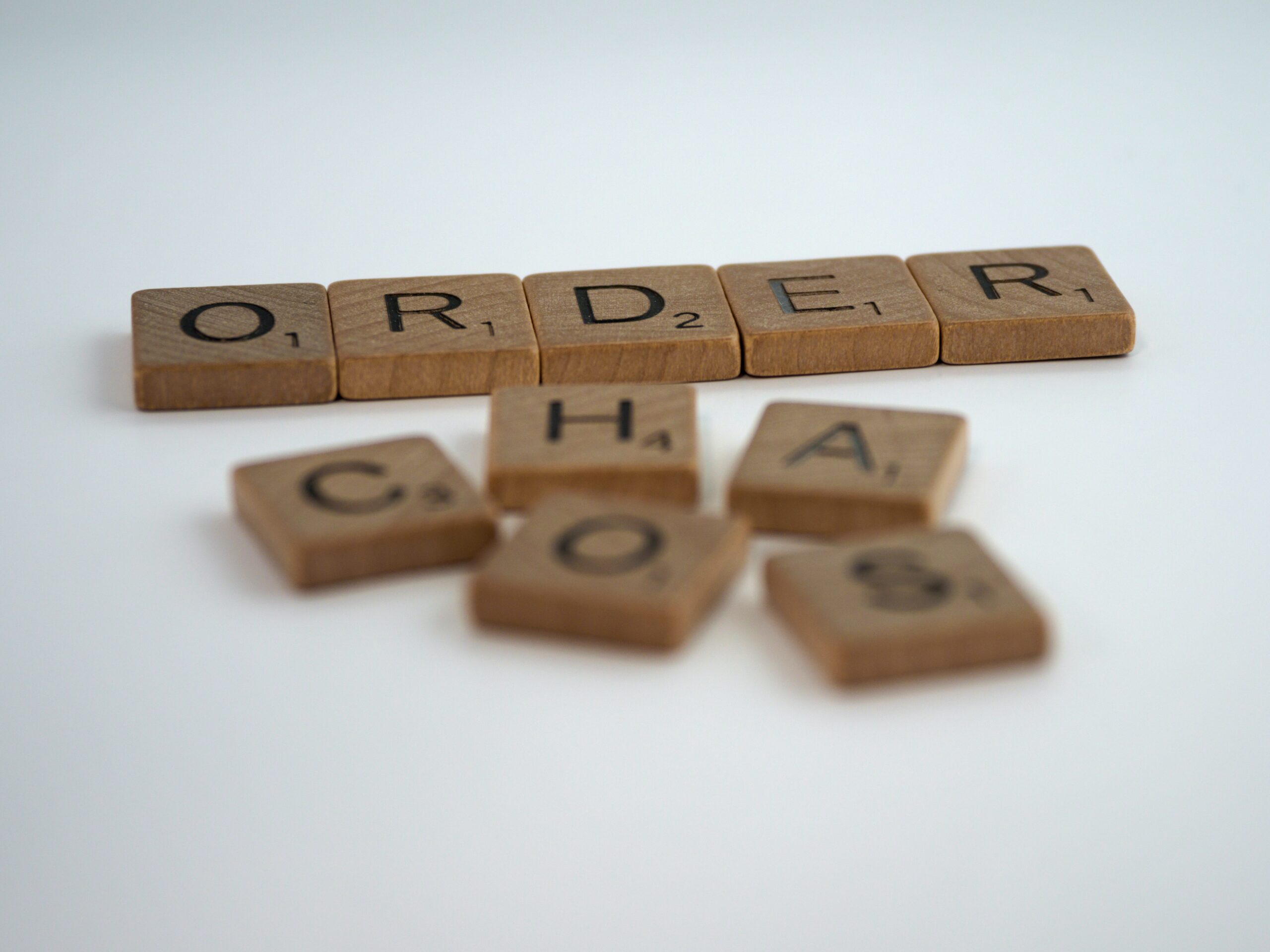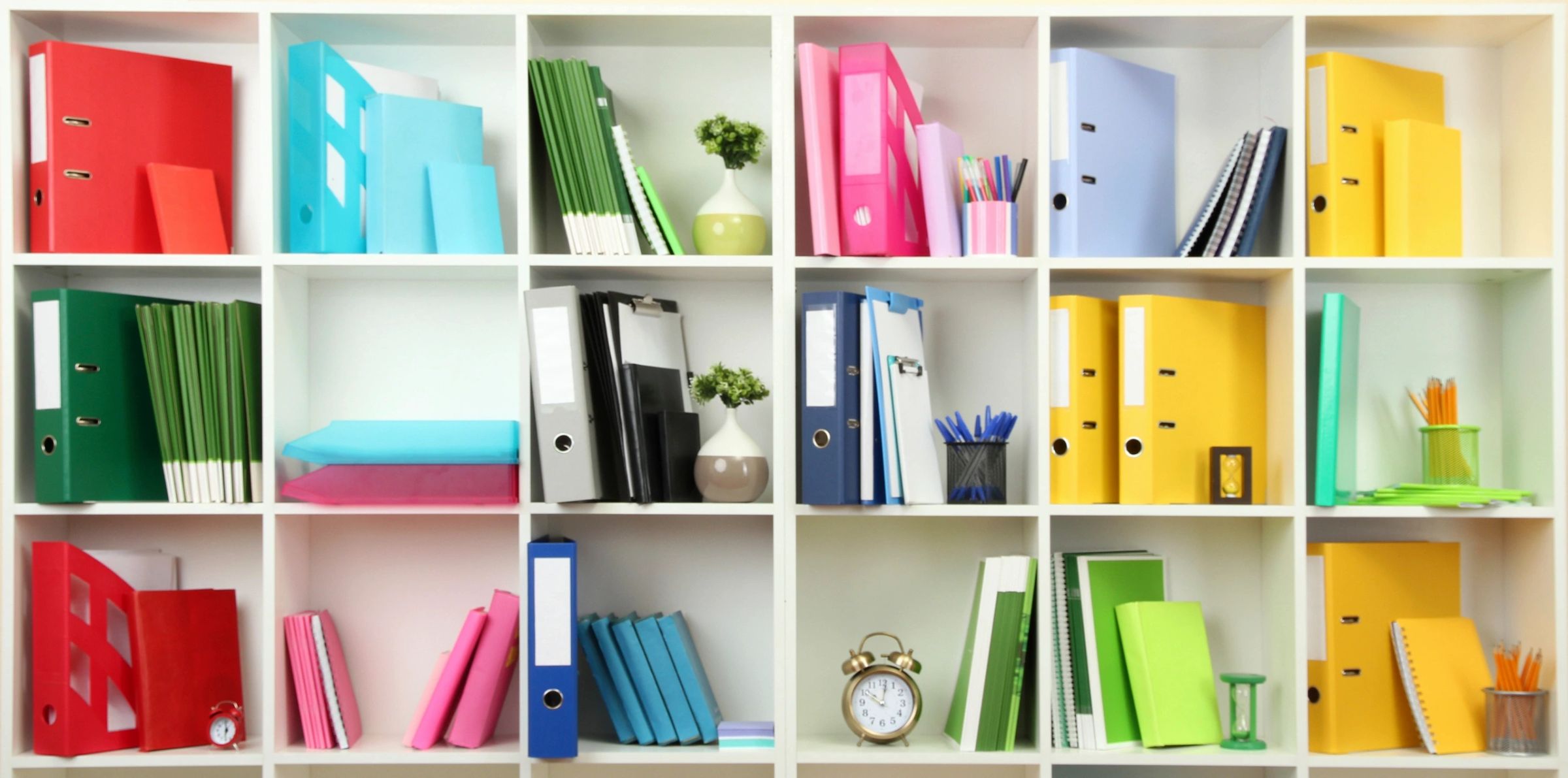
We are in Thanksgiving season; this is a great time to get organized with gratitude. Canadian Thanksgiving has just passed. American Thanksgiving is just around the corner. But how does gratitude help someone get organized?
It all started when…
I read Marie Kondo’s book, The Life-changing Magic of Tidying Up. One of the strategies that Kondo recommends is thanking the objects that one is purging to recognized your appreciation for the role they played in your life. Even if their usefulness had come to an end. This seemed like an interesting strategy so I tried it out with a couple of clients. They found the idea quite humorous. But they tried it anyways. And sure enough is has proven to be a most useful strategy.
How does getting organized work with gratitude?
The process is simple. One simply says thank you to the object or objects that you are intending to declutter or shed. Thank them for their service, their usefulness and their contribution to your life. And then wish them well in their new life “beyond your front door”.
Why does this work?
Not being a psychologist, I’m not equipped to go into the science of how this might work. What I can tell you is that using this strategy definitely helps clients shed objects, especially ones they may be conflicted about. Saying thank you to the objects in question seems to break the emotional attachment the client has to the object. When clients acknowledge the usefulness of the object, they no longer seem as attached to it, or keeping it around, potentially forever.
The simple act of saying “thank you for your service”, helps the client anchor in the understanding that this item no longer serves their highest good. Clients report that once they have said thank you and spoken out loud about the service they have received from the object, they no longer feel as sad or conflicted about sending the item away. They can move on to reduce the accumulation of objects they are no longer using.
How can you use it?
Getting organized with gratitude is easy once you get over the idea of talking to inanimate objects. Since some of us do it anyway, and you may well be alone when you declutter, no one will know the difference. Give it a try and see if it helps you with your shedding.
Get started by simply hold the object that you are perhaps struggling to part with. Think of the service the object has given you. Maybe it’s a dress that comes with great party memories but is no longer in style or reflects your current personal style. Thank the dress for the fun and memories. Perhaps even take a picture to remember. Then tell the dress it is time it found someone who will wear it and make new memories. Focus on the moving forward part of this exchange rather than the looking back part. The dress now needs a life beyond your front door in order to find that person with whom it can make new memories. Say good bye and wish it well then put it in the donation bag.
This strategy has been very helpful for many of my clients over the years. Let me know how it works for you.
And in the meantime, I am grateful you took the time to stop by and read.


